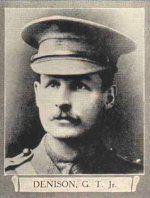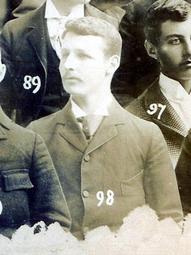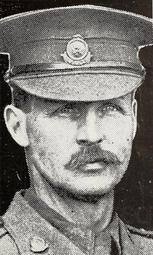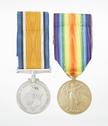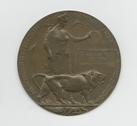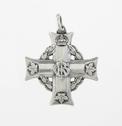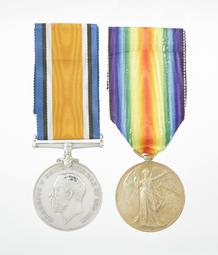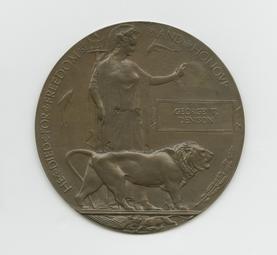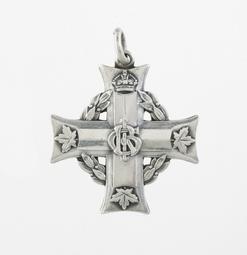Unit
19th Canadian Infantry Battalion (Central Ontario)
Branch
Infantry
Service Component
Canadian Expeditionary Force
Service Number
birth
1869/11/12
Chippewa, Ontario, Canada
death
1917/05/08
France
grave
Écoivres Military Cemetery, France
Gender
Male
George Taylor Denison IV was born in Chippewa, Ontario, on 12 November 1869. He was the son of Colonel George T. Denison and Caroline Denison.
Denison was a member of a prominent Ontario family that had strong ties to the Canadian and British militaries going back at least three generations. His direct ancestors had served in the War of 1812 and in every major conflict in British North America (later Canada) after that. Moreover, starting in 1822, they had served as officers (and often the commanding officer) of a voluntary cavalry troop founded by Denison’s great-grandfather, George Taylor Denison. Originally called Denison’s Troop, this unit later became the Governor General’s Horse Guards.
Denison was a barrister by profession. Like his other male relatives, he was highly active as an officer in the Canadian Militia before the war. He was commissioned as a lieutenant-colonel in the 2nd Divisional Cyclist Battalion in Toronto, Ontario, on 9 December 1914 and sailed to England on 16 May 1915.
From March to April 1916, Denison acted as a conducting officer, commanding soldiers travelling to England from Canada. On 2 August 1916, he was transferred to the 19th Canadian Infantry Battalion (Central Ontario). On the same day, his rank was revised one step downward to that of major. This was a common occurrence in the Canadian Expeditionary Force, as the organization suffered from a surplus of officers due to chaotic recruiting practices in Canada during the early part of the war. Indeed, officers voluntarily accepted demotions if it meant they could go to the front.
Denison joined the 19th Battalion in the field on 5 August 1916. Between 12 September and 13 November 1916, he left his unit to act as town major for the 4th Brigade. Town majors ensured the good order of troops stationed in towns behind the lines. From 1 December 1916 to 15 April 1917, Denison acted as the brigade’s transport officer. He rejoined the 19th Battalion on 15 April 1917.
Denison was killed in action in France on 8 May 1917, when the Germans recaptured the village of Fresnoy, which had been taken by the Canadians only five days before. The 19th Battalion was mauled in the battle. Eleven of its 19 officers and 225 of the 668 soldiers of other ranks in the forward area became casualties. The battalion’s war diary states that most of those men were killed outright by German shrapnel shells.
George Taylor Denison IV is buried in Écoivres Military Cemetery, in France.

